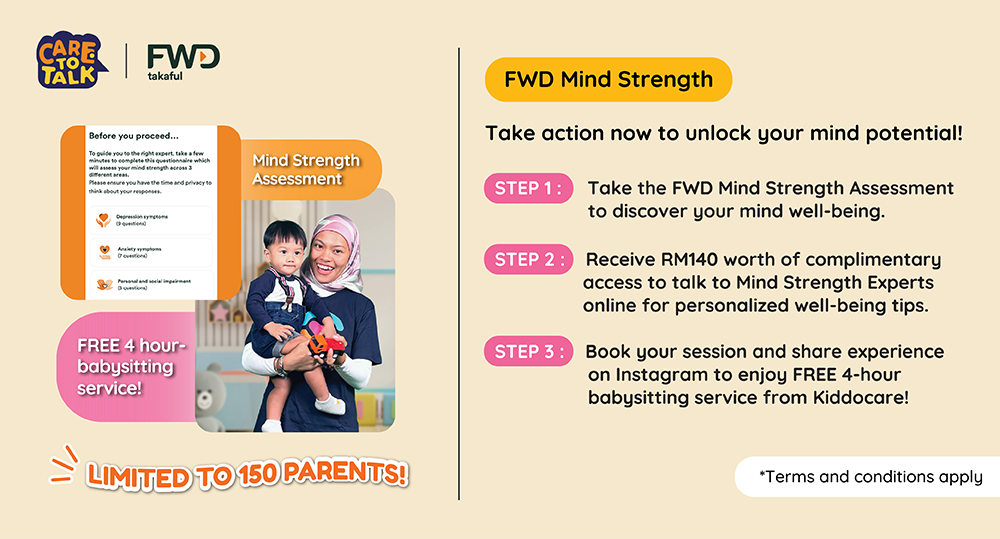Milk is a very important source of nutrients for children, but there are plenty of considerations to take when choosing the right type of milk for our children, and when is the right time to wean them off milk completely. As there are plenty of milk types in the market, let’s take a look at what you should consider when deciding what to do with your child’s milk:
Your child’s age
Let’s start with the old adage that mother’s milk is still the best form of food for babies. However, with today’s lifestyle, many mothers out there couldn’t last more than two years breastfeeding (many even stop within just months, while there are also mothers who couldn’t produce milk) so eventually, parents will still have to seek alternatives to breast milk.
As babies transition from infancy to being toddlers, you can look out for milk powders that are designed for specific age groups. For example, for Brand ABC, its milk powder for children can be further divided to milk for infants (0 to 12 months), toddlers (12 to 36 or 48 months) and kids (48 months and above). This is as the content of nutrients, or certain ingredients are different between different age groups based on their respective bodily requirements. So, make sure you look at the milk powder’s packaging before ensuring that it’s suitable for your child’s age group!
As they grow older, closer to ten, milk is still a very healthy source of nutrients, but perhaps the frequency they have their milk in a day can be reduced (or perhaps even completely weaned off) as compared to days when they were still infants or toddlers. This is as the older your child becomes, the more sources of nutrients they have from their daily meals, i.e. from grains, meat, vegetables, etc. so milk is no longer their prime source of nutrients. After they pass the age of ten, perhaps gradually transitioning from milk powder to drinking milk from a pasteurized milk carton can also happen as these milk products are designed more for the adult body which your child will be transitioning into at this period of time.
Any intolerance your child has towards the milk that he/she consumes
As we’re all designed differently, a certain brand of milk that works magnificently for a child may not work all the same for yours. For example, even if you have determined the right age group for your milk powder, there have been cases of children’s bodies rejecting certain brands of milk. That’s why parents have had to switch to other brands which are more acceptable to their child’s body. The symptoms of children rejecting the milk powder that he/she consumes are such as vomiting, persistent tummy aches and even rashes.
Plus, there are also known cases of children rejecting the conventional milk powder (made from cow’s milk) entirely, so parents have had to source for alternatives such as soy-based milk powder or goat’s milk to supplement their child’s dietary and nutritional needs. Whichever milk powder you do end up buying for your child, it’s on a trial-and-error basis to determine if it’s the right one for your child, but do look out for tell-tale signs of rejection and stop consuming immediately once spotted.
Ultimately, the consumption of milk in children is a very subjective matter. Therefore, we should not confine ourselves to societal norms or perception that the older the child gets, the more he/she should wean off his/her milk. Milk is a wonderful food, so it should in fact be encouraged (even for adults!) so all we need to do as parents is just to make sure that the milk product we choose for our children is appropriate for their age and their dietary needs, to ensure that they receive the amount of goodness such as calcium which may not always be found in their normal diet.
Source:
https://www.verywellfamily.com/got-skim-milk-2634526








































